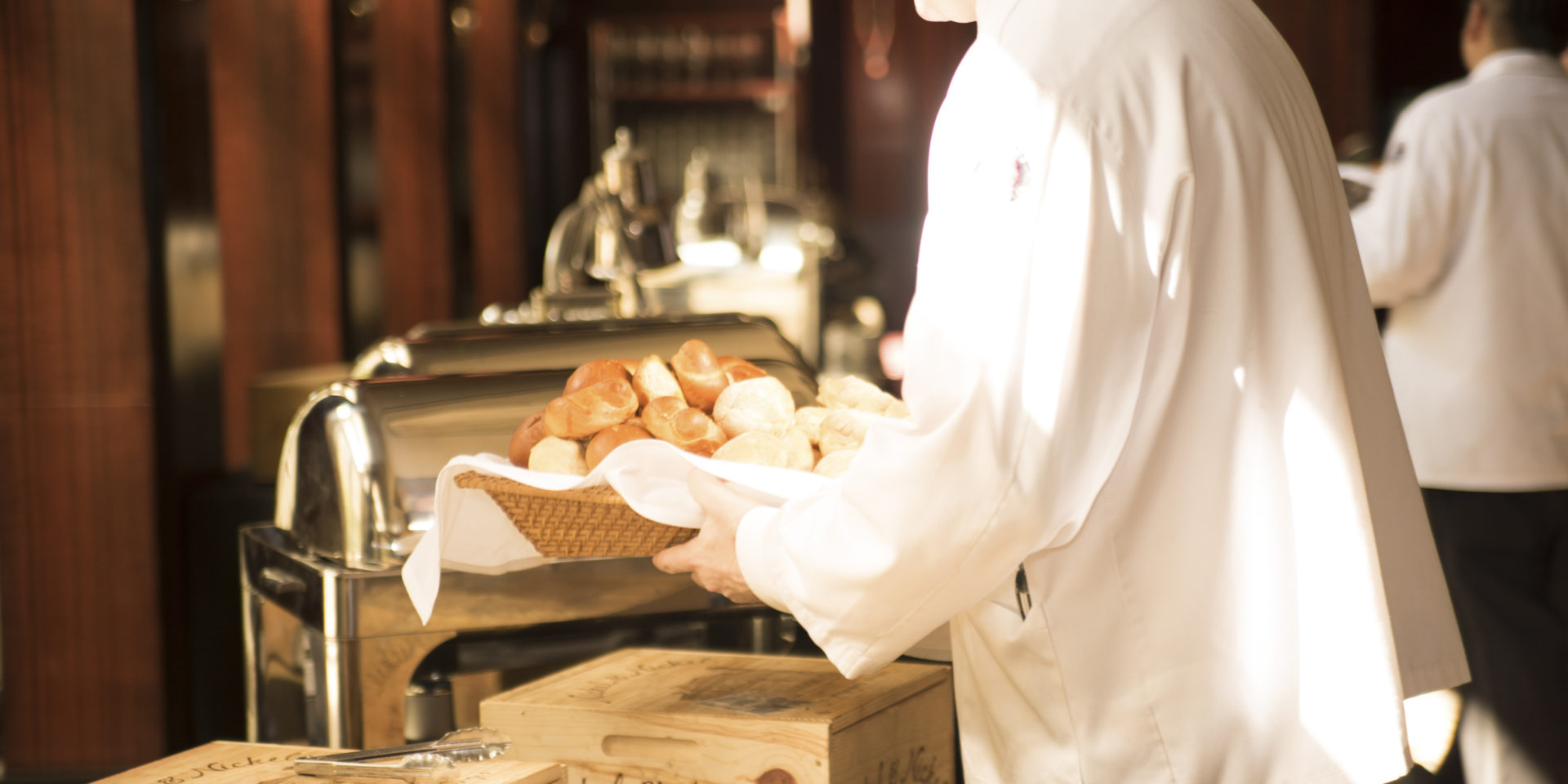The “labor” factor
In ‘Part I” of this five-part series, I spoke of how SERVICE was the start of our focus in improving your food and beverage operation. This second part will ask some important LABOR questions that you and your team can focus on. As we all know … labor cost is the most questioned expense, and being able to definitively answer that labor is optimized for your operation is essential for success.
So … what is the right amount of LABOR and what tools should we look at to optimize the expense?
Does it “feel” like the right amount of labor?
Evaluate the operation visually first and answer:
- Are there team members standing around?
- Does it seem like there is no one to help?
- There seems to be plenty of front-line staff but where are the supervisors?
- Are there complaints from your guests about long service intervals?
This rudimentary evaluation allows you to prioritize which outlet you should focus on first.
It “feels” right, but we still have complaints.
The Service segment in Part I addressed ‘Standard Operating Procedures’ and ‘Steps of Service’ questions and I reiterate the importance of service training and written standards being the basis of reducing labor due to inefficiencies and lack of clear expectations.
I need the data!!!
Telling the CFO, “It feels right” is not going to exude confidence or job security, so having the correct tools to evaluate service levels and optimal labor is required.
- Labor Ratios. A simple labor tracking ratio to revenue per outlet will allow you to see where labor trends are out of the norm. Your POS System can do this for you if you have ‘Time and Attendance” incorporated with the capture of departmental revenue. If not, a simple spreadsheet can be created by tracking labor dollars per day per outlet, compared to same-day revenues. Run this over a three-month period daily to see trends.
- Scheduling Variances. The scheduling supervisor should track scheduled labor dollars versus actual cost on a weekly basis. Variances up or down will show inefficiencies in a static schedule and may allow you to restructure to a more efficient model.
- Industry Trends. By using industry trend reports, such as those available through the National Restaurant Association or local chamber of commerce statistics, you can evaluate your labor per hour for similar positions. This is not always applesto-apples as your operation may have demographic difference, location challenge or varying benefits than the report, however it is good information to include in your evaluation.
Manage
Without being “Captain Obvious,” I find that many operations don’t manage labor – the labor manages the operation. Work with HR and leadership to create flexible schedules, part-time and on-call labor, or cross-discipline labor that can be shared amongst departments. Send people home early when you can save labor dollars without affecting service and make sure your salaried staff are on the floor to pick-up the unexpected demands when it arises.
As it has been said, “People Make the Difference.” Having the correct amount of labor, with clear, measurable service expectations are the two first disciplines to focus on for an optimized food and beverage operation. Look for Parts Three through Five in future Raving publications.


